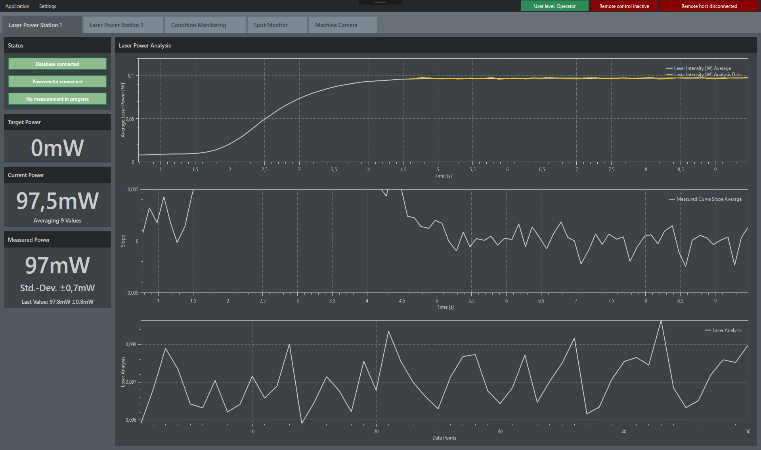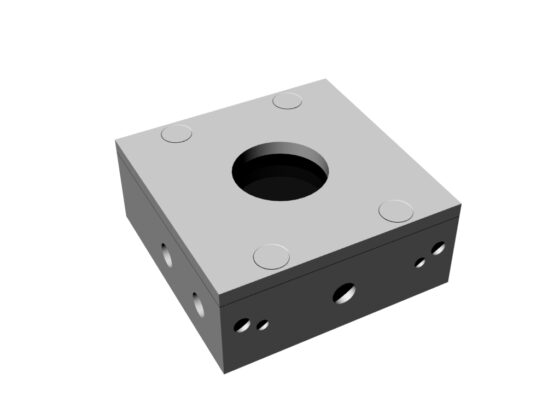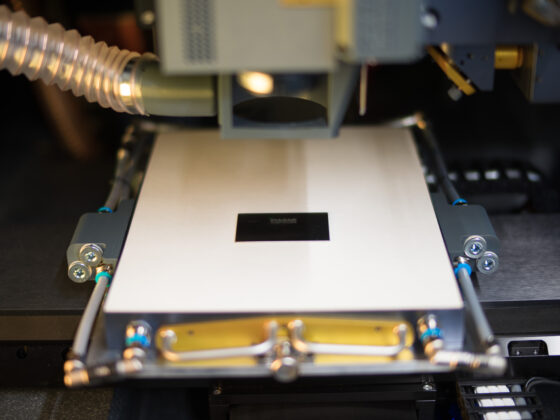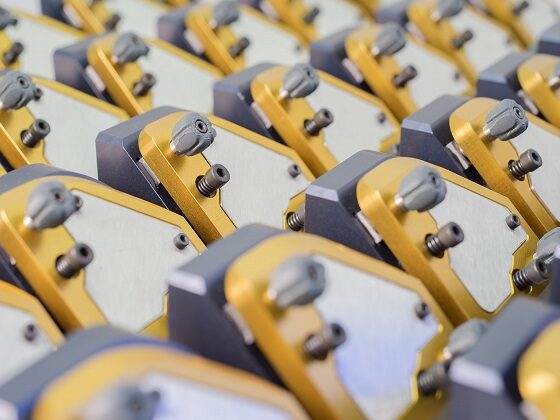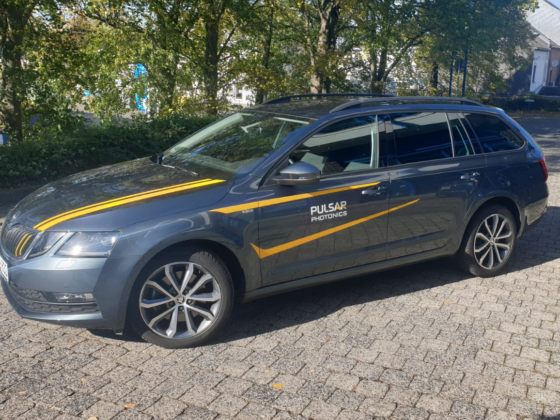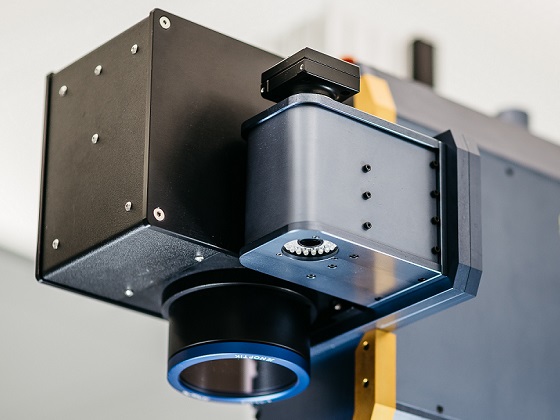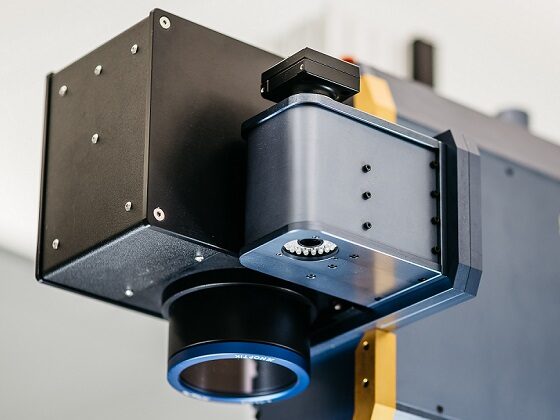Compact machine for professional micromachining with ultrashort pulse lasers. Ideal for the R&D area.
Machining area
300mm x 300mm x 100mm
Flexible all-round system for laser drilling, laser structuring, laser fine cutting & more
RDX500 THE compact ALL-ROUND MACHINE
The RDX 500 is always a good solution when precise and defined micro-machining without compromising on quality is required. Designed as a small-format and compact laser machine, the RDX500 is equipped with high-quality components and a full version of the PhotonicElements machine software.
The control technology of the laser system relies on modular field bus systems in the industrial standard. The modularity of the system design also allows the integration of handling systems for component feeding for series production.
With the compact machine tools of the RDX 500 series, Pulsar Photonics is primarily addressing newcomers to the world of laser micromachining.
Machine data & Configurator
"*" indicates required fields

Your currently selected machine configuration RDX500

Your Contact Person for sales
Louisa Draack
Technical sales









